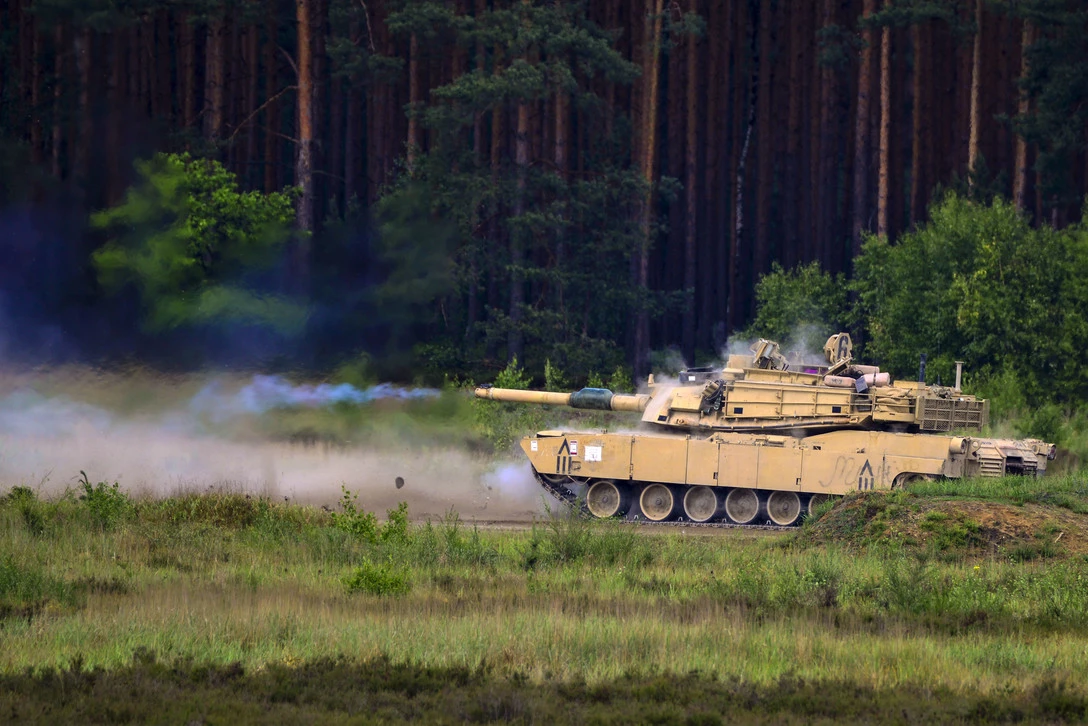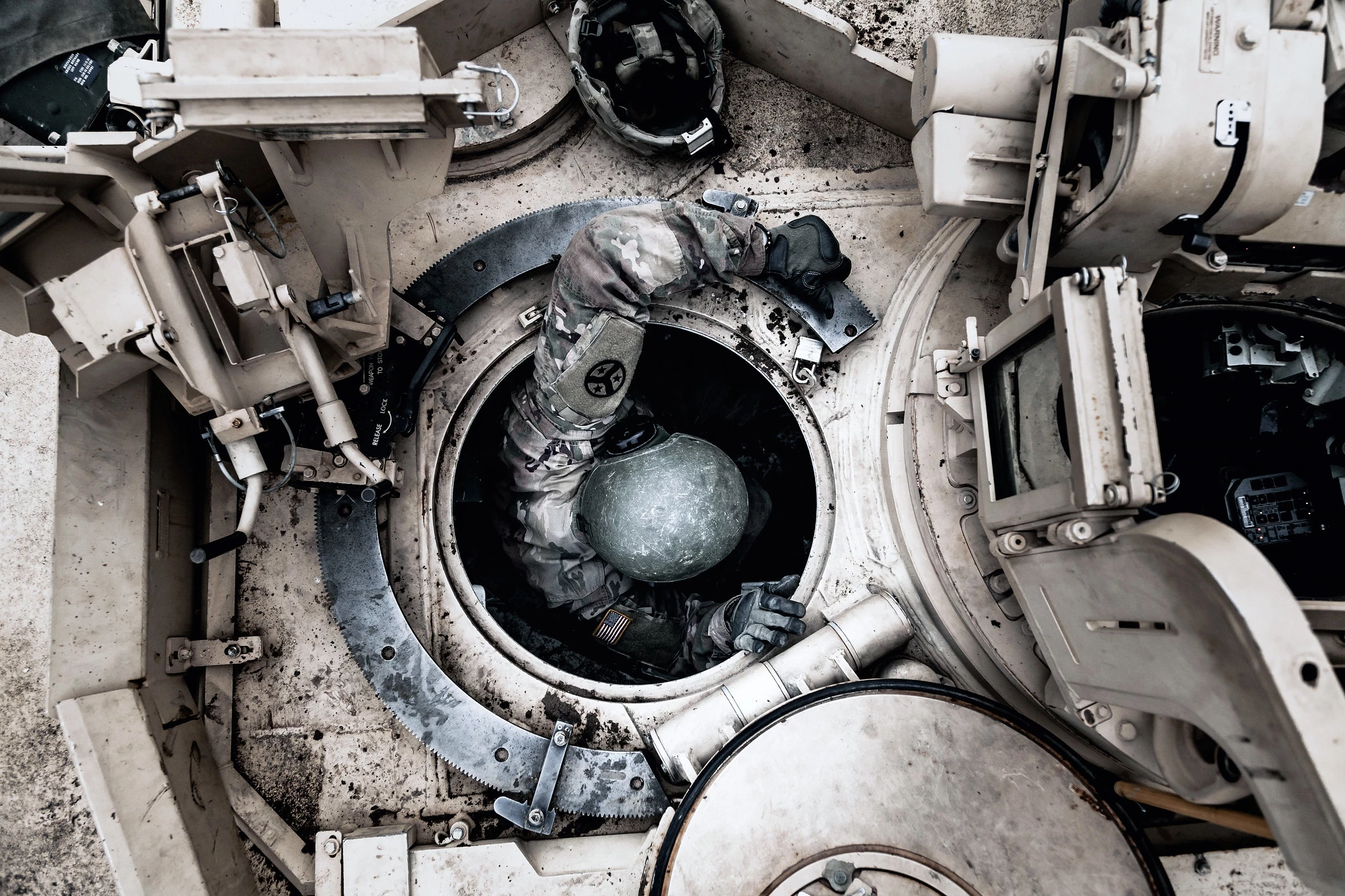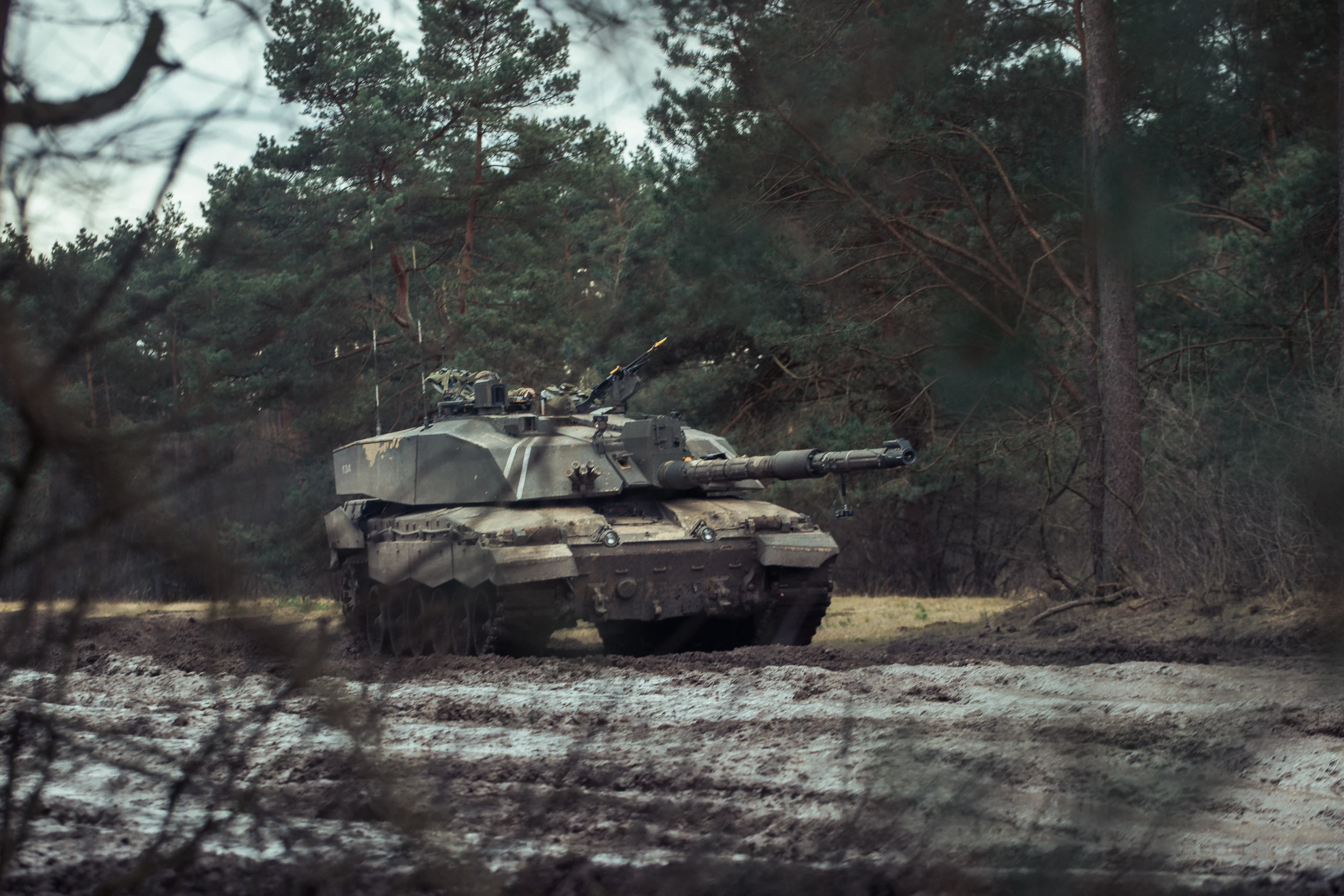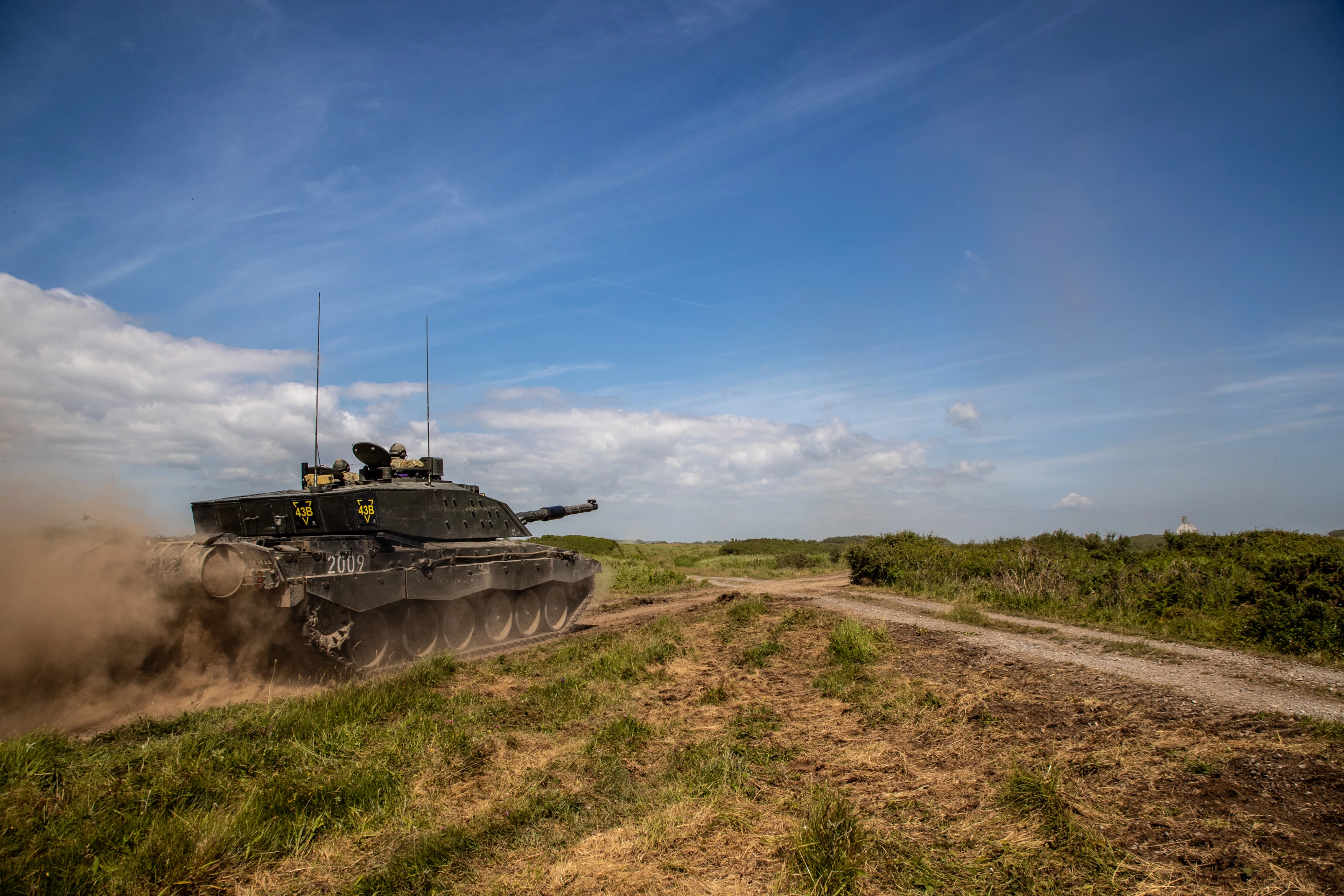The United States, Britain, and Germany have agreed to supply Ukraine with main battle Tanks to aid its resistance to Russia's invasion. What are these tanks, will they turn the tide of the war, and in which direction? New Atlas takes a look.
After Russia's invasion of Ukraine on February 24, 2022, the general expectation was that Ukraine would fold in a matter of days. Instead, the Ukrainian defense turned out to be remarkably strong, while the Russian forces proved to be surprisingly incompetent. As days of fighting stretched into weeks, Russia suffered heavy losses, but so did Ukraine, which was also running out of its Soviet-era stock of arms.
In response, the NATO countries and many others supplied Ukraine with their own Soviet munitions as well as thousands of Western shoulder-mounted anti-tank rockets and anti-aircraft systems. As the fighting went on for months, sending old Soviet stock from ex-Warsaw Pact countries became less practical as stocks ran too low for the donor nations to sustain and NATO started sending Western artillery, communications, and other systems.
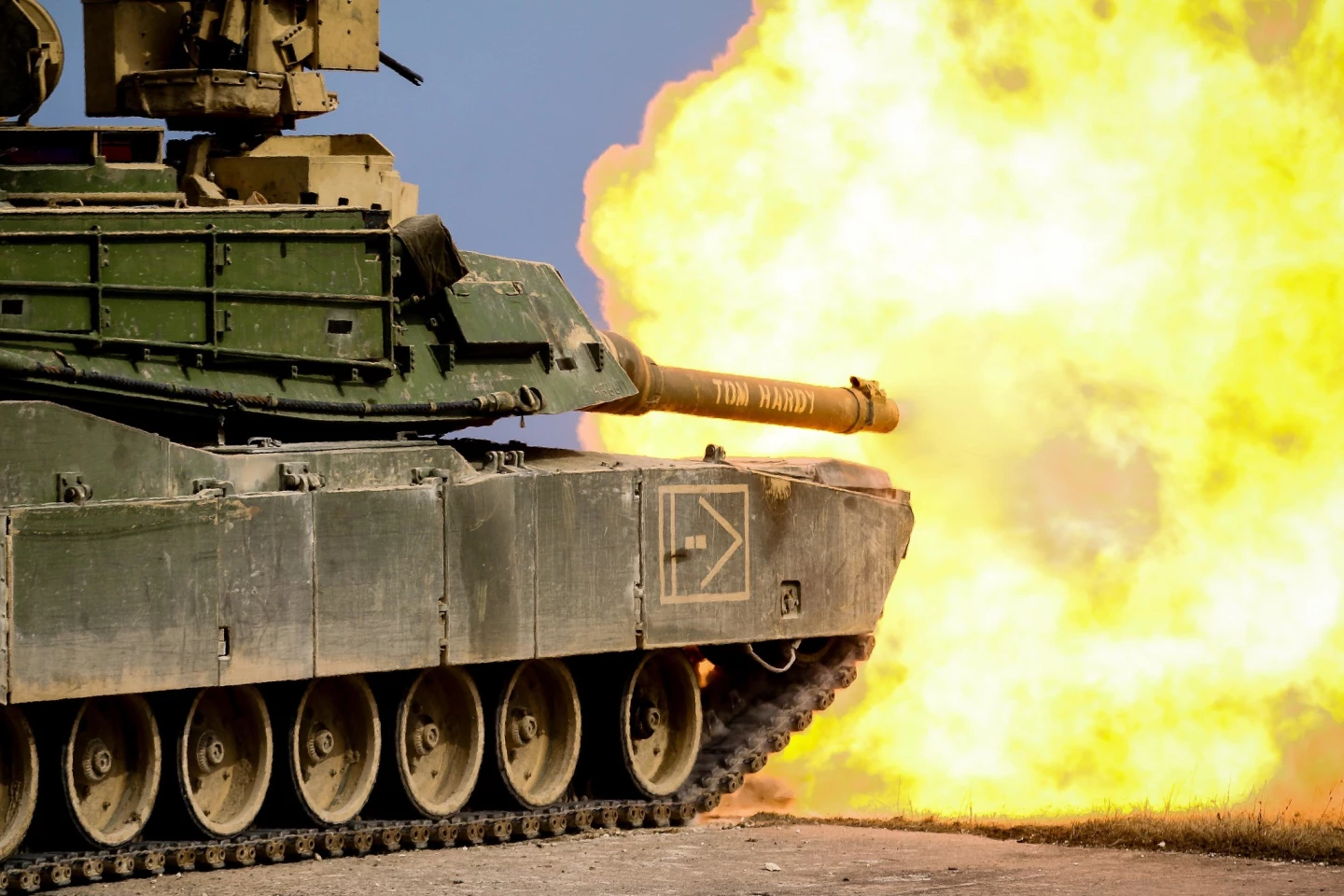
The one overriding rule of this by the West was that any aid sent had to be defensive and shouldn't be seen as an escalation of the conflict or evidence that NATO was becoming directly involved. This is the reason why Ukraine was given HIMARS launchers, but not the advanced missiles that could strike inside Russia proper.
It was also the reason why NATO refused to provide Western tanks. The alliance would send old Soviet-built armor, but not NATO tanks. However, this has changed in recent months as the Ukrainian government continued to make public pleas for 300 NATO tanks in addition to the 300 ex-Soviet tanks already sent and military experts started to say that the future was becoming a choice between an indefinite, static war of attrition or a switch to an aggressive war of breakthrough and maneuver that required heavy armor.
From "no" to "maybe" to "yes"
By January 2023, the mood in NATO was changing in favor of sending tanks, with the general opinion being that Ukraine could send British Challenger 2, German Leopard 2, and American M1 Abrams tanks. However, it wasn't as simple as asking for a show of hands. There was a lot of diplomacy, history, logistics and many other factors that kept the final decision in the "no" camp.
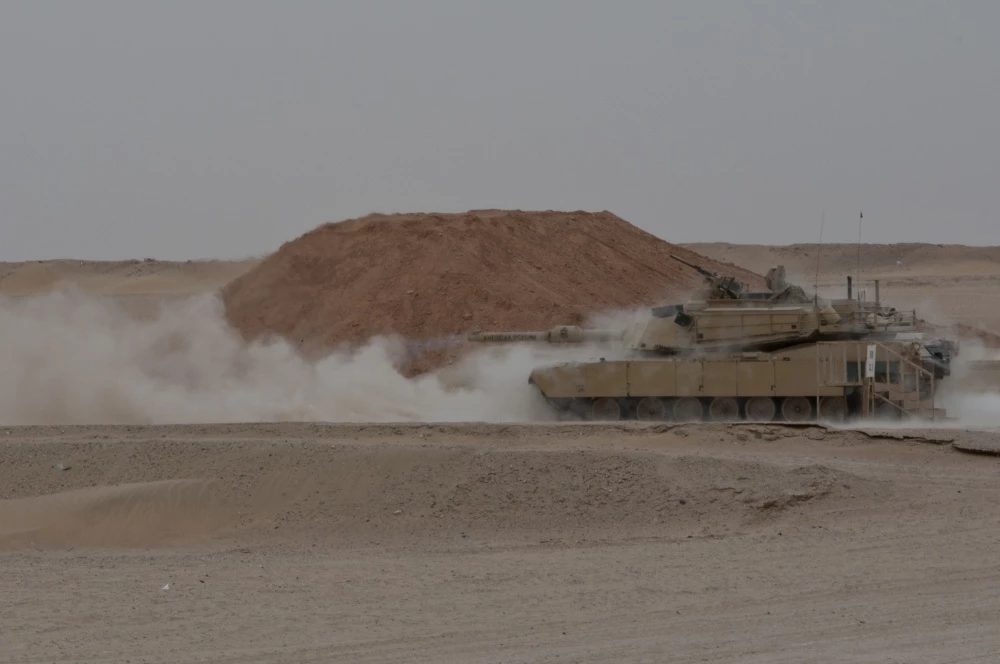
The earliest and most frustrating example was Poland, which has about 250 German-built Leopard 2 tanks. Since these were being replaced with the US M1 Abrams, the Polish government offered about 10 of these to Ukraine. Unfortunately, Germany maintains very strict export controls on the Leopard 2 and refused to give permission to re-export them to Ukraine.
A lot of back-channel negotiations followed, with many governments agreeing in principle but not giving a firm "yes" and Poland threatening to send tanks even without Berlin's permission. Meanwhile, Germany remained hesitant to share tanks or even spare parts for a number of reasons, not the least of which was a desire not to bring up memories of the Second World War when German tanks last rolled through Ukraine.
Then, on January 14, British Prime Minister Rishi Sunak announced that Britain was giving a squadron of 14 Challenger 2 tanks to Ukraine as part of a larger aid package. This wasn't many because the British Army has only a small, though highly advanced, tank corps, but it did put more pressure on Germany to agree on the Leopard 2.

On January 25, the dam broke. German Chancellor Olaf Scholz agreed to provide 14 Leopard 2 tanks to Ukraine after lifting the ban on other countries exporting them and US President Joseph Biden promised 31 M1 Abrams, enough for a Ukrainian battalion, after initially saying no. In all, along with contributions from other European nations, Ukraine was offered 88 tanks for the war effort by the end of January. However, this was far short of the 300 that President Zelensky still insists on.
The tanks
But what are these tanks going to Ukraine and what makes them so special? To answer that, we need to first ask, what is a tank?
To many people, a tank is a tin box with a gun that runs on wheels or treads. However, that would be like saying a tabby cat is the same as a Bengal tiger because they both have teeth, whiskers, and stripes. There are many military vehicles that look like tanks, including armored cars, self-propelled guns, personnel carriers, scout cars, recon vehicles (sometimes erroneously called "light tanks"), security vehicles, infantry fighting vehicles, and various specialist vehicles, but these are not true tanks because their construction and tasks are very different.

Part of the reason is that the word "tank" was never meant to be descriptive. It was originally a code word used by the British to cover their secret project during the First World War to build an armored vehicle capable of riding over trenches and barbed wire to open a gap for the infantry and then act like a sort of mechanical cavalry behind the enemy lines. The other part is that many specialized vehicles also require treads, armor plating and guns, and were derived from older tank designs so it's easy to get confused.
Over the next few decades, after the end of the First World War, the evolution of the tank saw the light, medium, heavy and the super-heavy tank, along with a number of variations like the infantry and the cruiser tank. Each of these was an attempt to find the right combination of armor, firepower, and mobility to be the most effective because increasing any one factor meant reducing the others. As time went on, tank designs began to settle down. The heavy versions were abandoned and the lighter ones folded into specialized armored vehicles.
But what defined the tank was its purpose – to move swiftly to engage or avoid the enemy, withstand direct enemy fire at close range, and punch through the lines using heavy firepower to allow the following infantry and other units to advance.
The main battle tank
By the time of the Cold War, the modern all-purpose tank emerged, now called the main battle tank (MBT), which is defined by the Organization for Security and Co-operation in Europe as "a self-propelled armored fighting vehicle, capable of heavy firepower, primarily of a high muzzle velocity direct fire main gun necessary to engage armored and other targets, with high cross-country mobility, with a high level of self-protection, and which is not designed and equipped primarily to transport combat troops."

By combining powerful engines, advanced suspension, and lightweight composite armor, the modern MBT has the firepower of a super-heavy tank, the protection of a heavy tank, and the mobility of a light tank, all in a package about the size and weight of a medium tank. The latter is extremely important because if a tank is too big or heavy it won't be able to fit on standard roads or be able to drive over many bridges.
Challenger 2
The first of the MBTs offered to Ukraine is the British Challenger 2, which was introduced in 1998. The British Army has 227 of them, with 148 slated to be upgraded to become the Challenger 3 during the next decade. It weighs in at 64 tonnes and is protected by British-invented Chobham armor that uses layers of metal and ceramic for lightness and strength, though the details are highly classified. It carries a crew of four consisting of a commander, gunner, loader, and driver, and its Perkins CV12-6A V12 diesel engine can propel it at 37 mph (59 km/h) on-road and 25 mph (40 km/h) off-road.
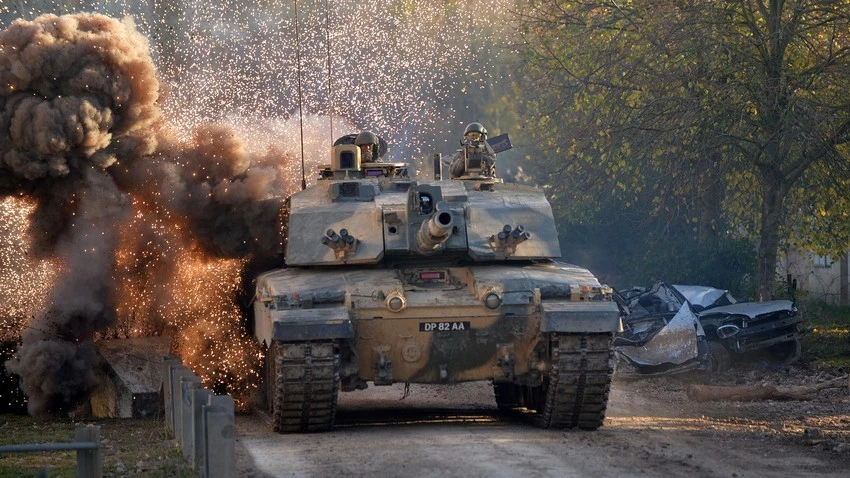
One thing that makes the Challenger 2 unusual is that, where other tanks now use a smoothbore main gun, the Challenger 2 uses the L30A1 120 mm rifled gun along with an advanced suite of targeting electronics. On the downside, this means the Challenger 2 can't swap its ammunition with other NATO MBTs. On the upside, the rifled gun fits with the British Army's preference for long-range precision shooting.
Leopard 2
The Leopard 2 began life in the 1960s as a joint project with the United States to develop a common MBT, which soon saw the two nations go their own way. Designed to counter the Warsaw Pact's massive armored divisions during the Cold War, over 3,500 were built. Many of these were sold off cheaply after the reunification of Germany and the Leopard 2 can be found in service with many European forces as well as Canada and Singapore. Germany itself has about 225, though there are more in mothballs.
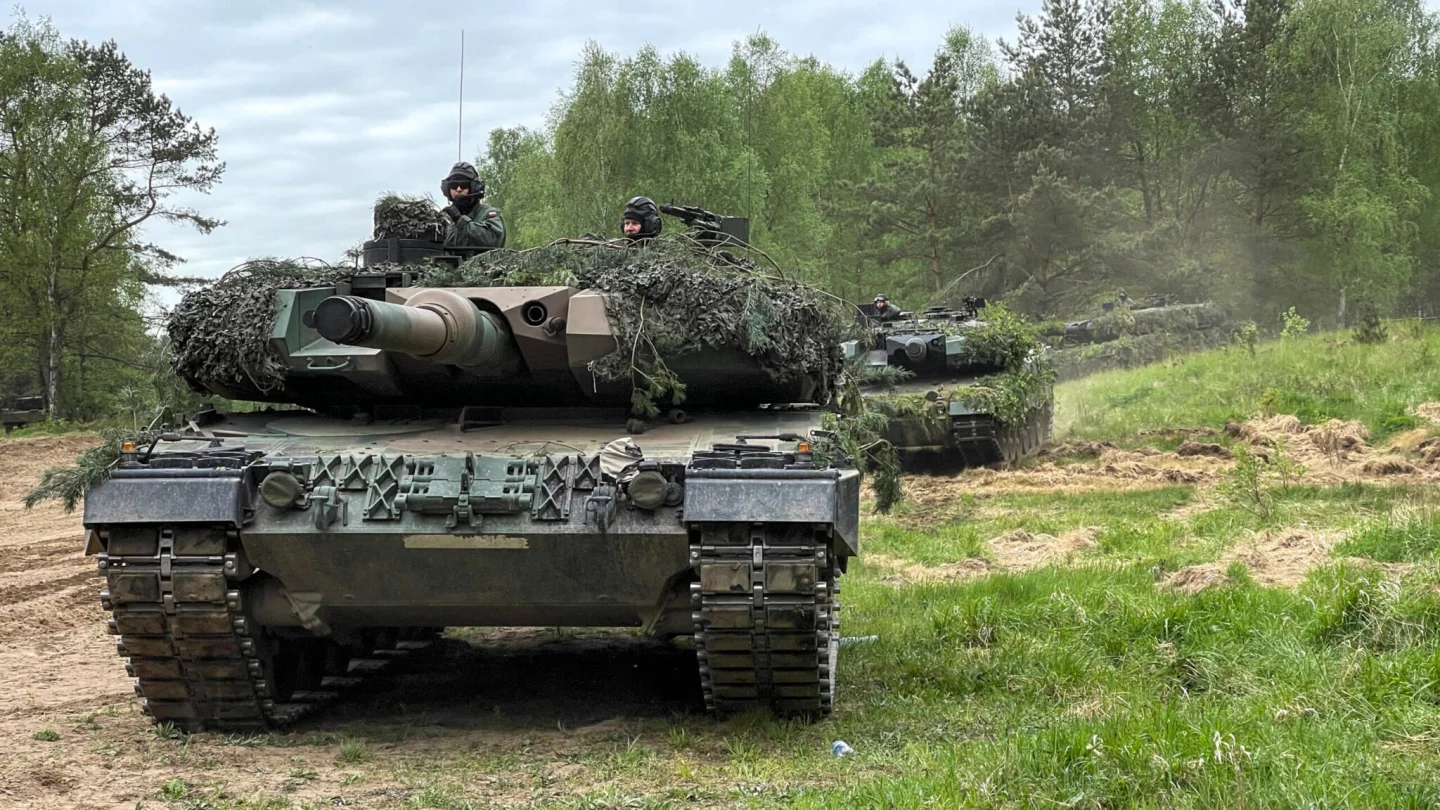
Introduced into service in 1979, the Leopard 2 tips the scales at 62 tonnes and has a crew of four. Its main weapon is its 120 mm smoothbore gun with an advanced fire control computer and a 12-cylinder twin-turbocharged diesel engine, which gives it a maximum road speed of 42 mph (68 km/h) and 19 mph (31 km/h) when going flat-out backwards.
M1 Abrams
The American M1 Abrams MBT, which is the most numerous of the Western tanks, made its service debut in 1980. So many were built that one observer said that the US could win a war just by shoving M1s out the back of a transport plane and letting them crash on the enemy like pianos. By the end of the Cold War, the US had about 8,100 M1s. Today, the US Army has 2,509 in service with another 3,700 in storage.
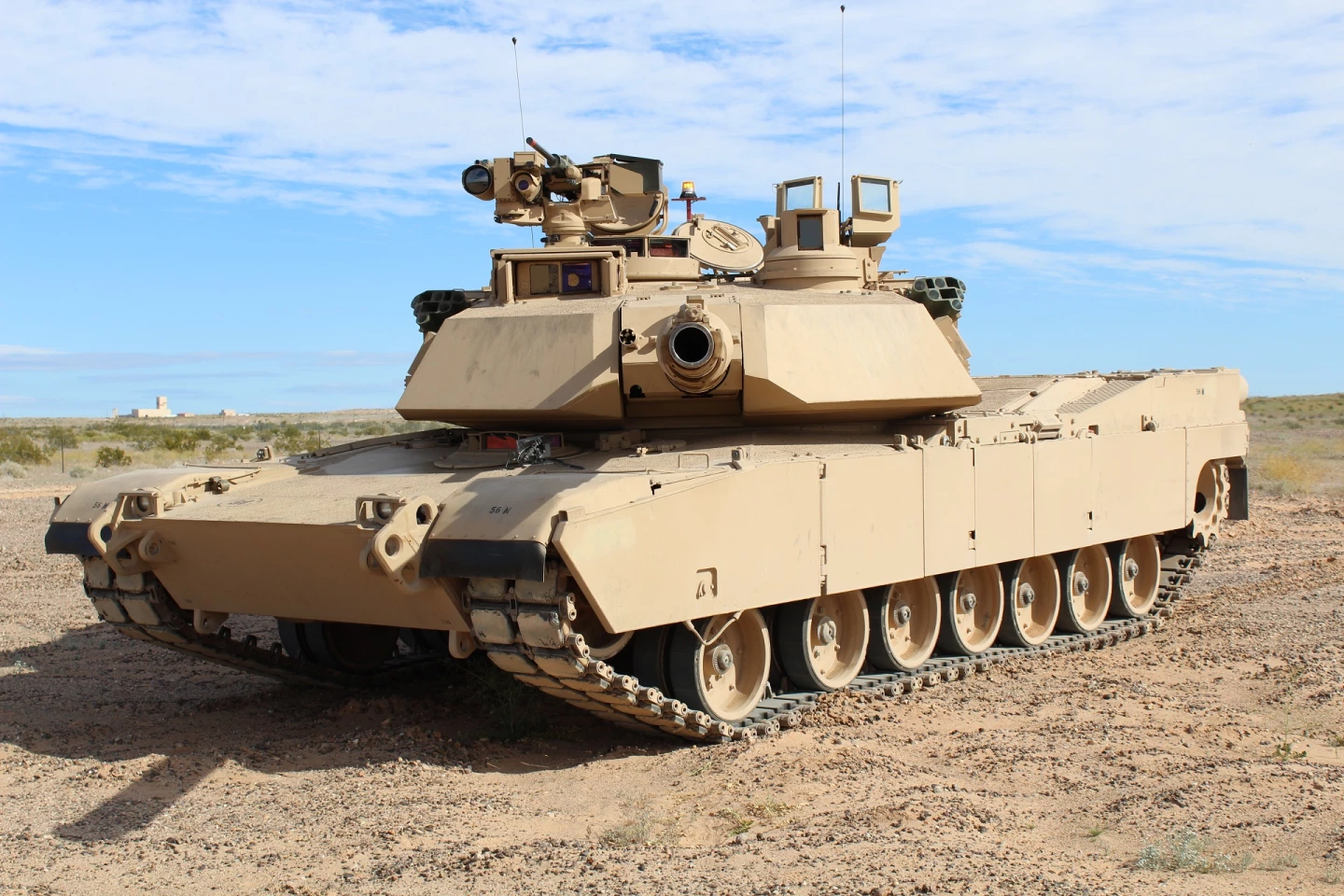
Like the Challenger 2 and the Leopard 2, the M1 Abrams has a crew of four. It is protected by a variant of Chobham armor, which makes up most of its average 62 tonnes of weight, and is uniquely powered by an AGT-1500 turbine engine originally developed for helicopters that gives it high performance with a governed top speed of about 42 mph (68 km/h) on the road and 30 mph (48 km/h) cross country. Its original armament was a 105mm M68A1 rifled gun, though this is being changed to a smoothbore 120mm M256.
Comparing NATO and Russian tanks
The MBTs bound for Ukraine aren't going to suddenly show up on the battlefield like the US Cavalry in old movies to save the day. Ukraine has not been kind to tanks. The Russians are reported to have lost over 3,000 tanks so far.
However, a tank is very much like an aircraft carrier. Used incorrectly, it can be vulnerable and short lived. Used correctly, it can be devastating. The tricky bit is to get it in the right place at the time of the commander's choosing.

A very important factor is that NATO and Russian tanks are very different animals and they have already met in battle on more than one occasion. Each time, the Russian tanks came off the worse. Sometimes in spectacular fashion.
Modern Russian tanks are lighter than Western MBTs, coming in at under 48 tonnes. They're generally armed with a 125 mm smoothbore gun that does not have the range of its NATO counterparts. This means that an Abrams or a Challenger can quickly maneuver in sight of something like a T-72 or a T-90 and select when to shoot.
Russian tanks only carry a crew of three – a commander, driver and gunner. The loader was replaced by the 1970s with an autoloader device. This made the tank lighter and the turret could be smaller, allowing for a lower profile. However, the autoloader also had two alarming flaws. One was that it had a nasty habit of feeding a crew member into the gun instead of a round. The other was that it required the ammunition to be carried open to the crew compartment instead of sealed in its own chamber as in Western tanks.
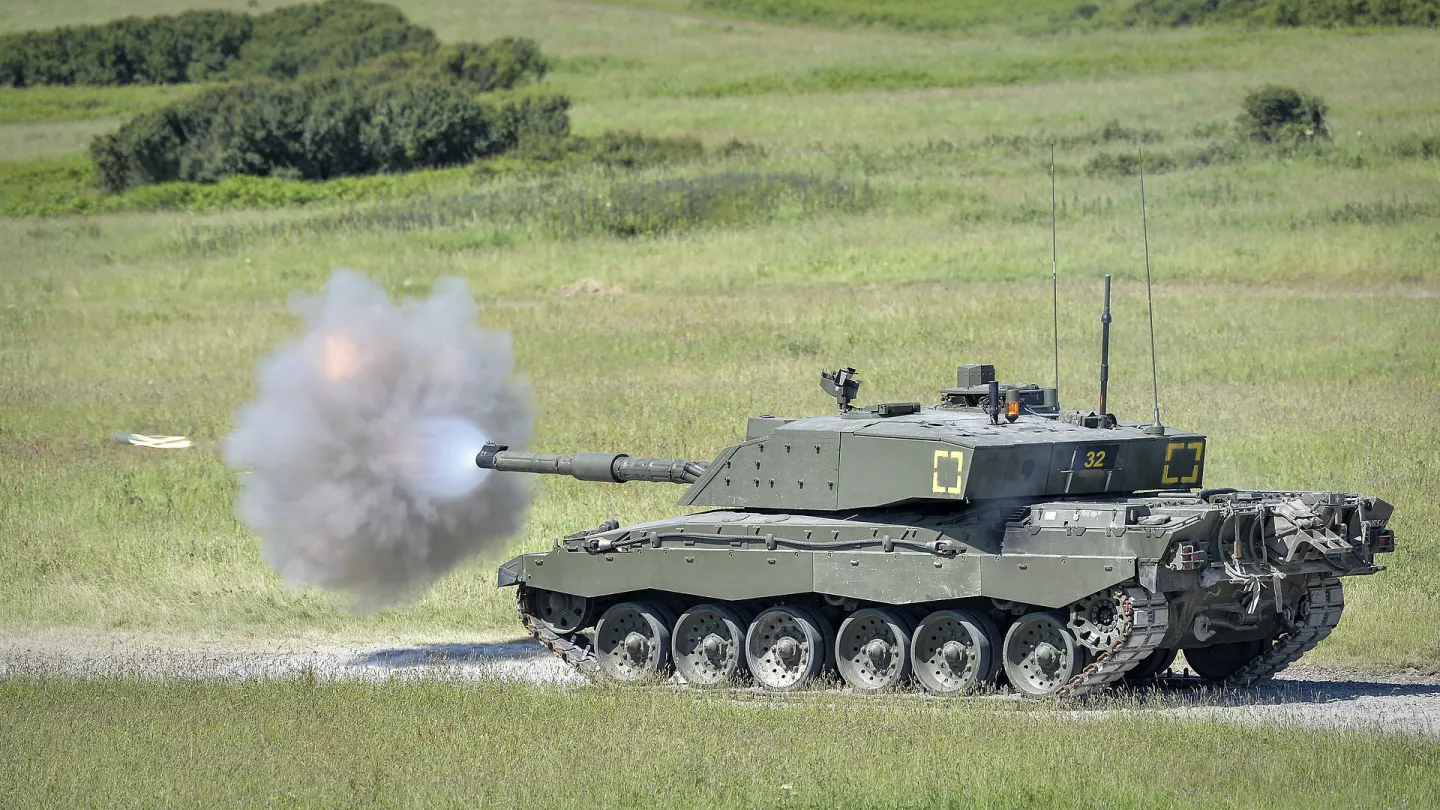
This meant that in the event of a hit on the ammo, a Western tank was designed to channel the blast outside through a blowout panel and away from the crew. The Russian versions let the blast go straight into the crew compartment, causing the turret to pop off like a cork as the interior turned into an inferno.
Another weakness of Russian tanks is that they are vulnerable to attacks from above. Most of the armor is located in the front and the top is lightly protected. A shell dropping vertically can be devastating and NATO tanks are designed exactly for delivering and countering that sort of attack.
Another difference is that NATO tanks have sophisticated digital targeting systems that allow them to lock onto and track targets automatically. This means that once the lock is made, a one-shot kill is almost certain. Russian tanks lack this feature.
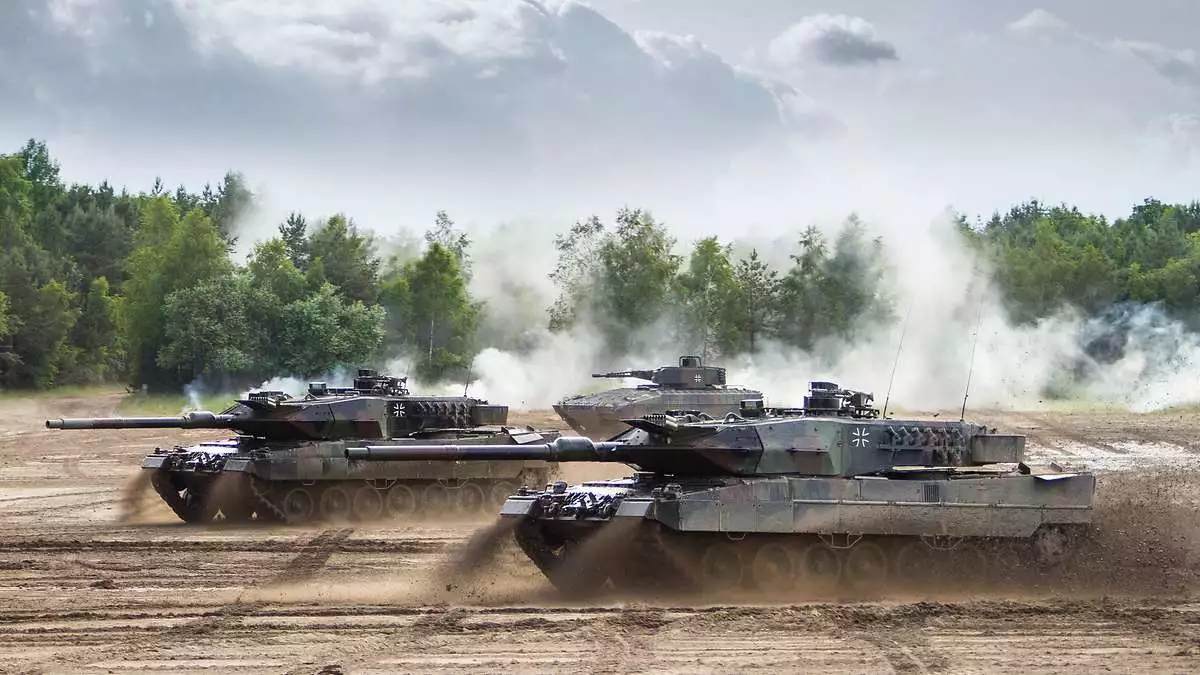
Western tanks are also roomier and more comfortable, which is more important than many people realize. In older tanks, the crew had to remain sitting or standing in one spot for so long that it would often result in painful swelling of the legs or other areas.
On the negative side, NATO MBTs are huge. These monsters are often very hard to hide and many are too heavy for the sort of bridges they'll encounter in Ukraine, which will mean fording streams or working with bridge-laying units.
In addition, tanks drink fuel like there's no tomorrow. This is especially true of the Abrams, whose turbine has a mileage of half a mile to a gallon (470 L/100km) at best. This, along with the need for ammunition, spares and maintenance, means for every tank unit there is a very large supply train leading to the rear, not to mention command and control bases.

An important thing to remember is that these will not be state-of-the-art NATO tanks going to Ukraine. They are likely to be older ones taken out of storage and stripped of the most advanced equipment and even some armor for security reasons like other export versions. Worse, they won't be rolled out right away. They'll need to be refurbished and some will need to be rebuilt. That can mean many weeks, if not months.
At the end of the day
At the end of the day, the biggest factor is how the tanks will be used or misused. That means a need for time, strategy, logistics, and relentless training.
The danger is in looking at the tanks like a chess player becoming obsessed with a single piece without considering the situation on the entire board. If the tank is seen as a wonder weapon that can win a war on its own, then not only is disaster likely, it could cause the conflict to spiral out of control.
The MBT isn't intended to be deployed piecemeal in a war of small advances and retreats. The tank is an offensive weapon. Its whole point is to break through enemy lines so it can maneuver quickly while allowing friendly forces to pour in and secure the advance. That in itself will fundamentally change the war because it not only changes strategy and tactics, but the goals of Ukraine and its supporters.
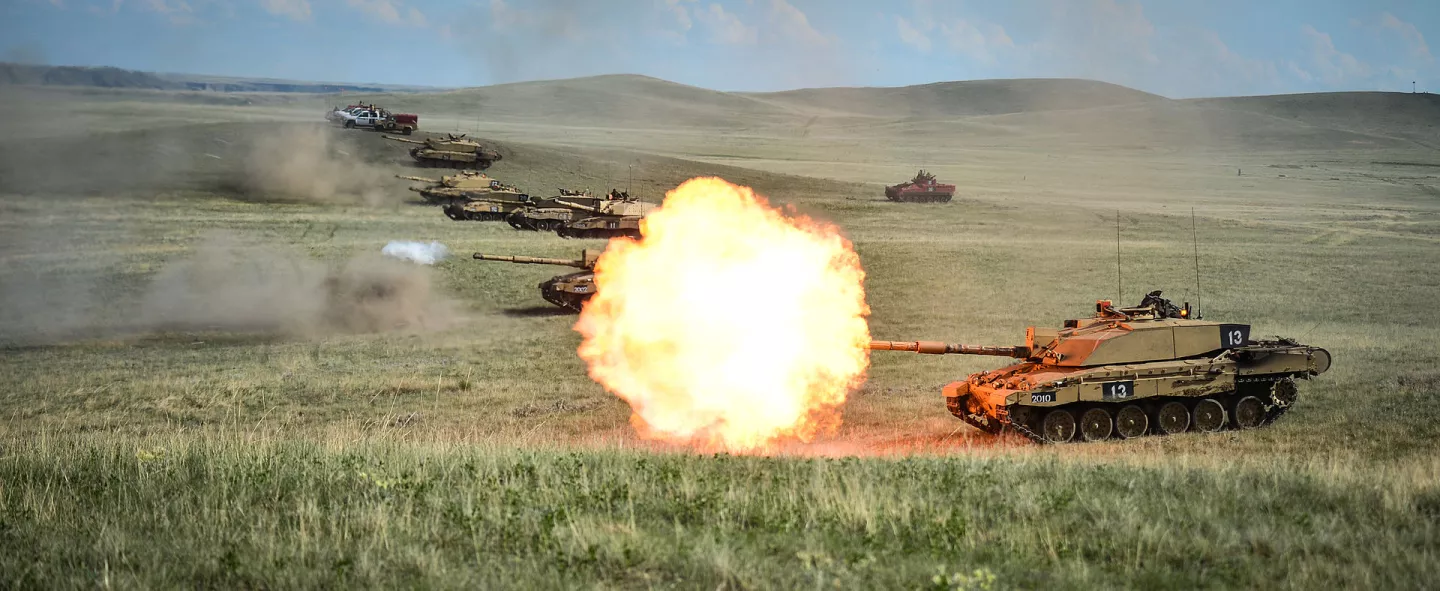
Also, Germany, Britain, and America will not be keen on having their tanks destroyed in combat or, worse, captured. Even stripped down, they contain a lot of classified features that the West would prefer remain that way.
Add all this together and the most logical thing would be to reserve the MBTs for a major offensive where they can attack in force, if there are enough MBTs to be effective.
Unfortunately, that would also mean mounting a major offensive, which would fundamentally alter the war. There is the danger that the Ukrainian Army might advance into what the Kremlin regards as Russian soil, which could spark a massive retaliation, including potentially a tactical nuclear strike.

It could lead to Putin falling from power after taking huge casualties, possibly to be replaced by someone more clear thinking and ruthless. It might also draw China into the war as an arms supplier or, in the worst case scenario, opening a second front by attacking Taiwan, which could bring the United States directly into the conflict.
It is also possible that a properly executed strategy that uses the strength of the modern tank could tip the balance of power enough to end the war.
There are many things that a tank offensive might alter, including the balance of power in Russia; the situation with China, Iran, or North Korea; the morale of the Ukrainian or Russian people; the resolve of Ukraine's supporters; and many others. Perhaps these tanks will change things for the better so cooler heads can prevail and the destruction will cease.
It's a delicate situation that needs the keen eye and the steady hand of a diamond cutter.
Unfortunately, a main battle tank is not exactly an instrument of subtlety.


